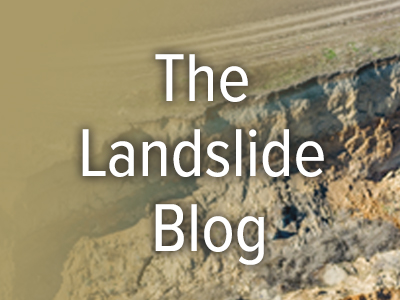The Landslide Blog is written by Dave Petley, who is widely recognized as a world leader in the study and management of landslides.
On 17 December 2024, the 118,000 cubic metre silt and clay Takhini River landslide occurred on a cut bank of the Takhini River, 25 km northwest of Whitehorse, Yukon, Canada. The landslide, located at [60.8611, -135.4180], broke through the river ice and generated a tsunami. The tsunami transported blocks of river ice up to 250 m from the slide deposit and destroying vegetation on the opposite riverbank splintering and uprooting trees in excess of 20 cm diameter. River ice blocks in the tsunami deposit commonly exceed 4 m2.

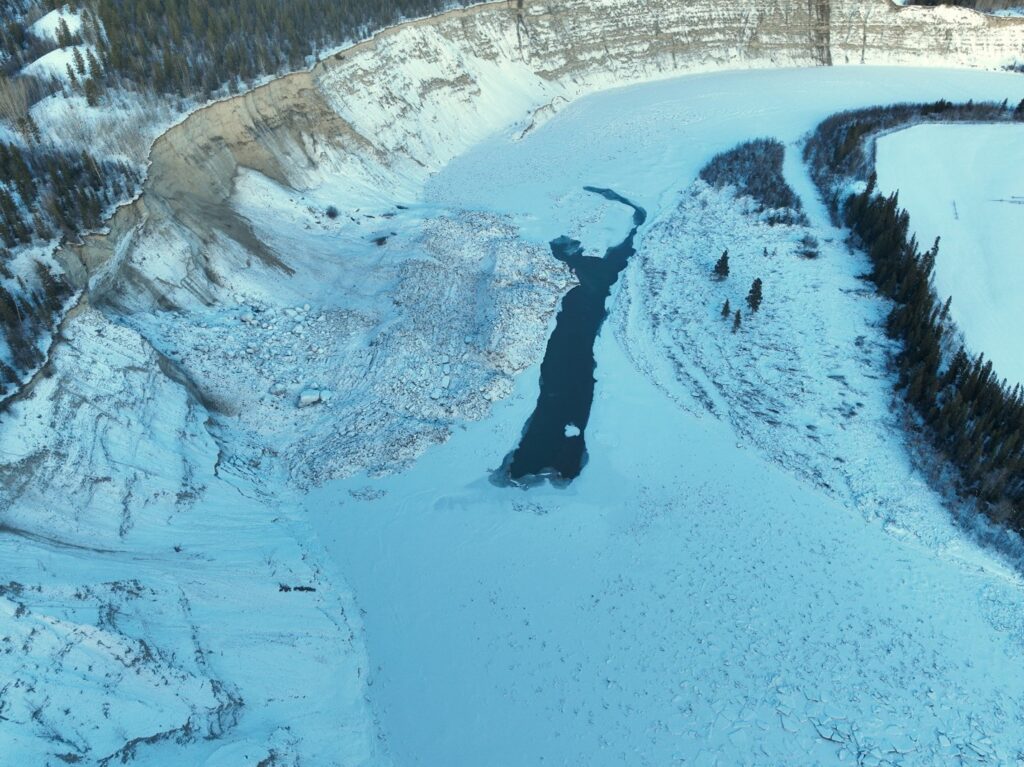
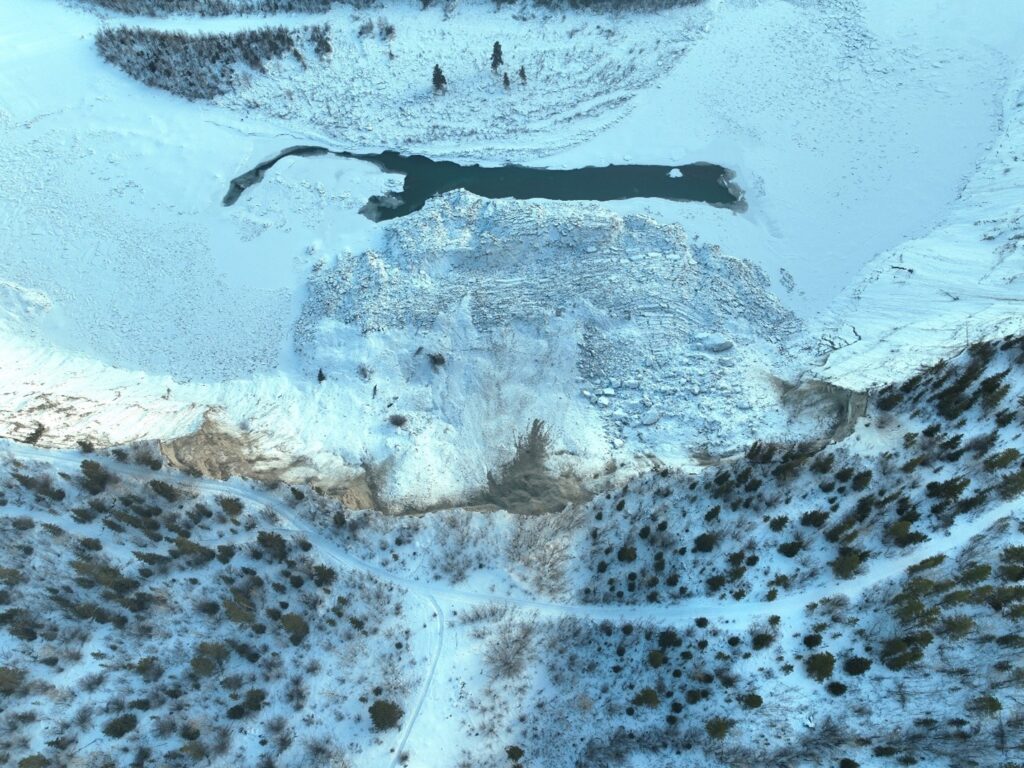
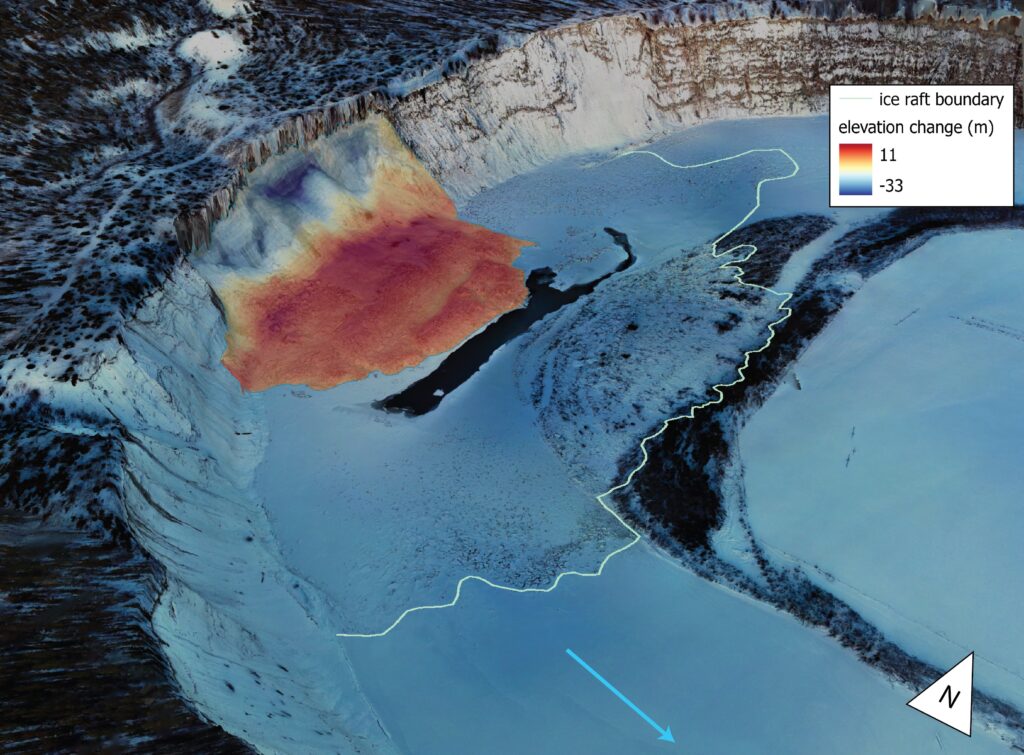


Four surviving trees record tsunami damage up to 2.5 m in height. The tsunami had identifiable impacts affecting 72 000 m2, approximately 2.6 times the 28,000 m2 footprint of the landslide.
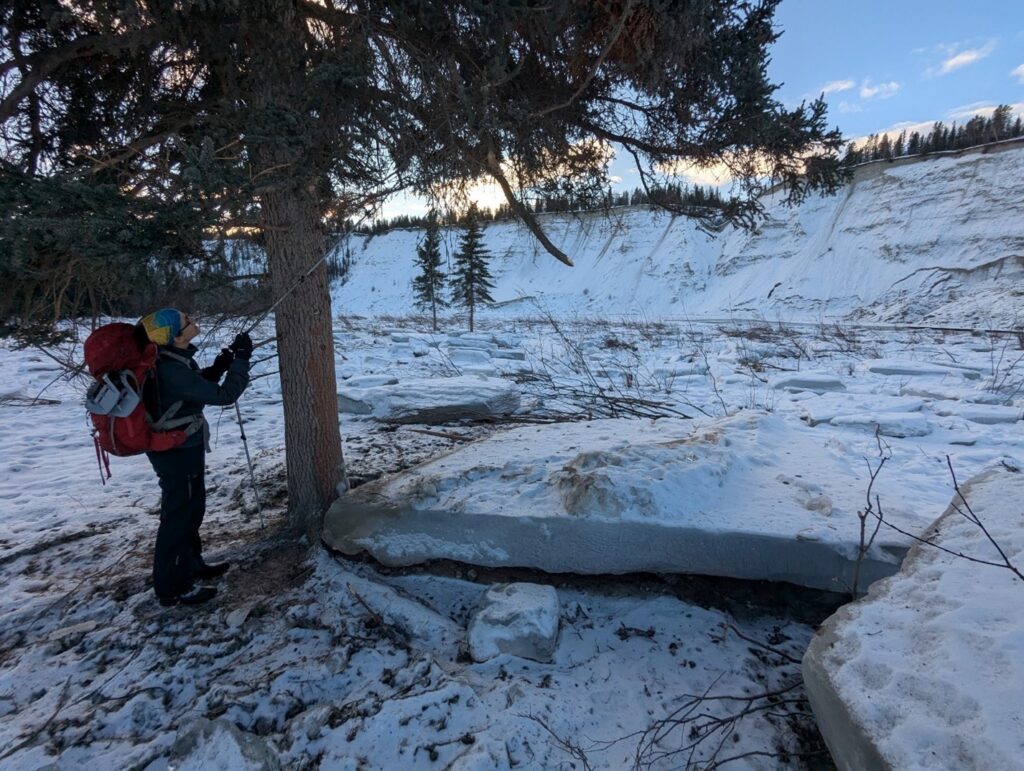
Though landslides on the banks of the Takhini River are not unusual, the midwinter timing of this slide and the resultant damage from ice blocks rafted by the landslide-generated tsunami make this a novel landslide with important hazard implications. The Whitehorse area has seen many landslides on glaciolacustine escarpments in recent years. Landslides on the Whitehorse escarpment have caused major disruptions in the city each spring since 2022. These slides have been attributed to snowmelt and increased groundwater levels from above average snowpacks from 2021-2023.

The lower Takhini River is deeply incised into fine-grained glaciolacustrine sediments with escarpment heights up to 70 m. The landslide on the Takhini River occurred in midwinter conditions during a period slightly below average temperatures. The soils at the site are consolidated silt and clay which show remarkable preservation of bedding in the slide deposit. No evidence of seepage was observed in the slide scar and all materials appear to be dry. No obvious triggers have been determined for the slide, which may point to the importance of progressive failure mechanisms in brittle soils over-steepened by fluvial erosion.
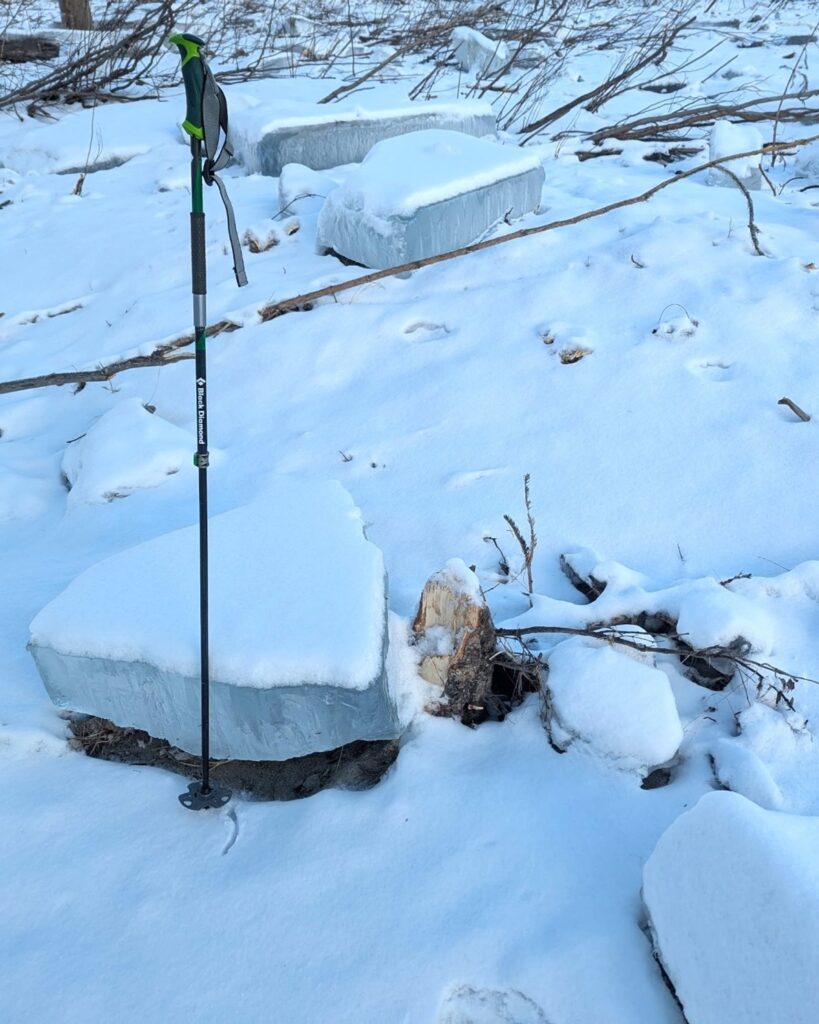
The Takhini River is frequented by paddlers in the summer and skiers and dogsledders in the winter. Until 2024, the route of the Yukon Quest International Sled Dog Race passed along this stretch of the Takhini River, but will change its route for the first time in 2025 as climate change has made sections of river on the original route too dangerous.
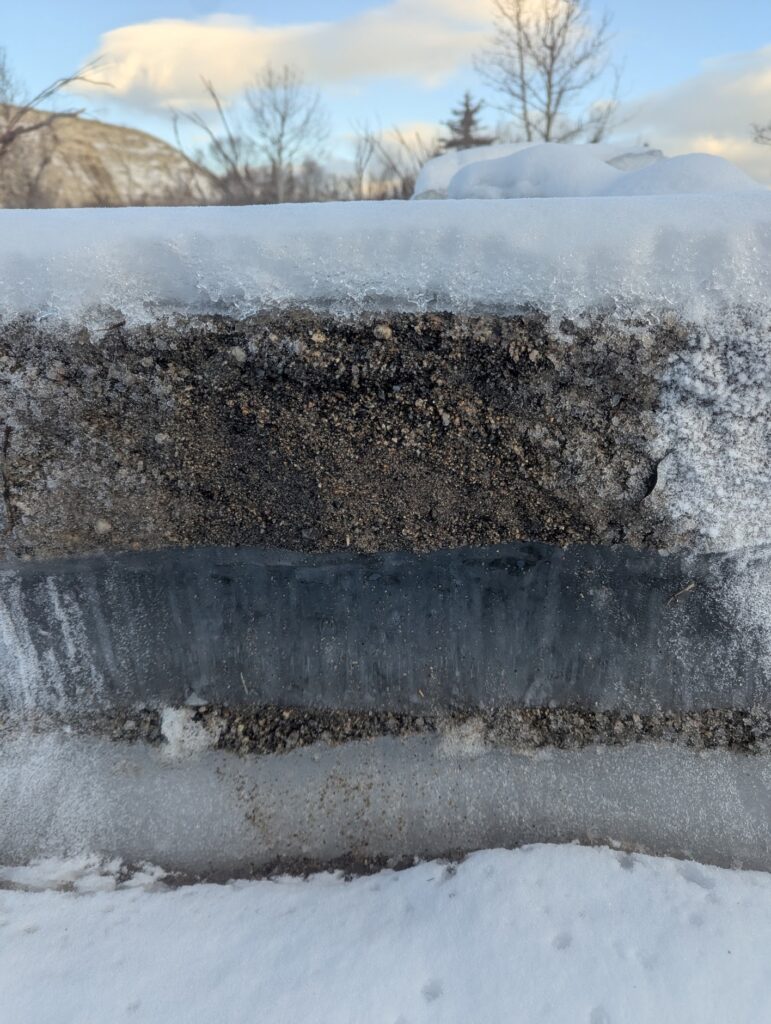
While no one was present at the time of the 2024 landslide, the slide deposit obstructs more that 50% of the river channel and may create hazardous conditions for paddlers in the coming years. In July 2024, a group of rafters encountered landslide debris in the Klutina River, Alaska, causing one of the rafts to become pinned against the debris and flip. One of the passengers later succumbed to their injuries.


